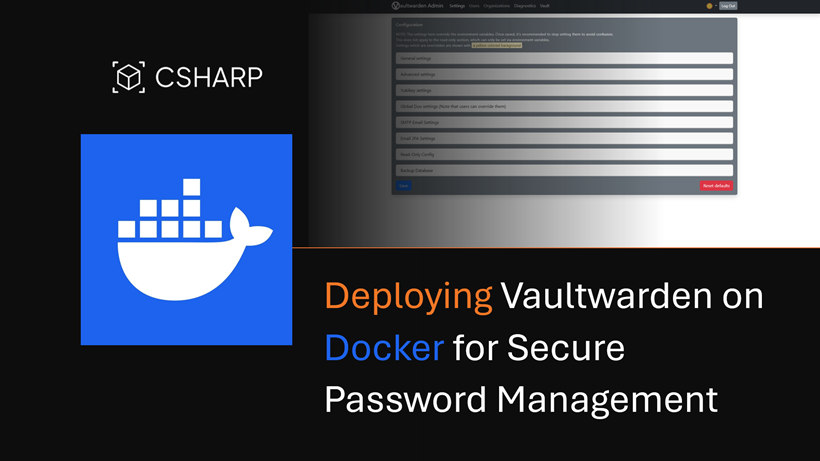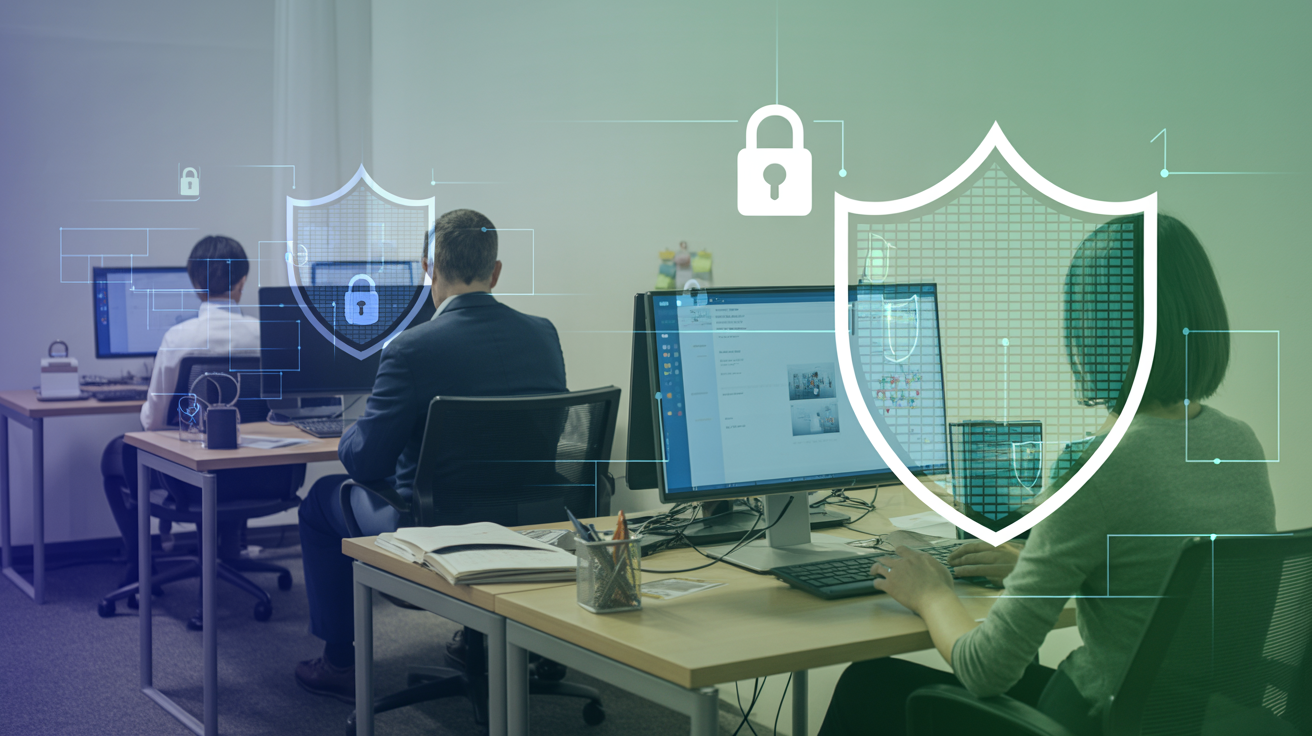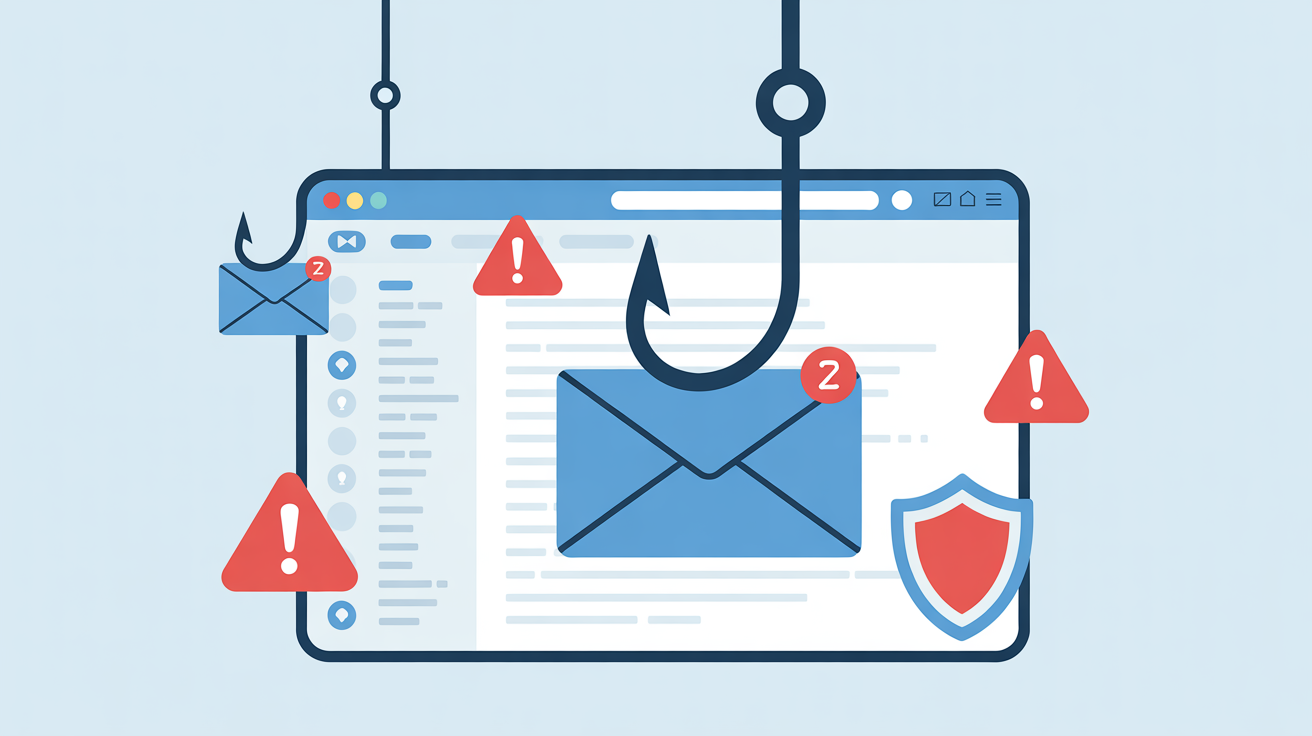The Complete Guide to Password Security
Master password best practices, two-factor authentication, and password management for enhanced security.

Weak passwords remain one of the leading causes of data breaches, with 81% of breaches involving compromised credentials. Despite widespread awareness of password security, many organizations still struggle with password-related vulnerabilities that leave them exposed to cybercriminals.
The Current State of Password Security
Research shows that the average person uses the same password across multiple accounts, with many passwords being predictable variations of common words or phrases. This practice creates a domino effect where a single compromised password can lead to multiple account breaches.
Password Best Practices for Businesses
1. Length and Complexity Requirements
2. Unique Passwords for Every Account
Never reuse passwords across different systems or accounts. Each login should have its own unique, strong password to limit the impact of any single compromise.
3. Regular Password Updates
Implementing Multi-Factor Authentication (MFA)
MFA adds crucial additional layers of security beyond passwords:
Types of Authentication Factors:
MFA Implementation Strategy:
1. **Phase 1**: Enable MFA on all administrative and privileged accounts
2. **Phase 2**: Roll out MFA for all email and cloud service accounts
3. **Phase 3**: Implement MFA for all business-critical applications
4. **Phase 4**: Consider MFA for workstation and VPN access
Password Management Solutions
Enterprise Password Managers
Key Features to Look For:
Advanced Authentication Methods
1. Single Sign-On (SSO)
2. Passwordless Authentication
3. Risk-Based Authentication
Creating a Strong Password Policy
Your organization's password policy should include:
Technical Requirements:
User Guidelines:
Enforcement and Monitoring:
Common Password Mistakes to Avoid
Measuring Password Security Effectiveness
Track these metrics to evaluate your password security program:
The Future of Authentication
As technology evolves, we're moving toward a passwordless future where authentication relies more heavily on biometrics, hardware tokens, and behavioral analysis. However, passwords will likely remain part of the security landscape for years to come, making strong password practices essential for any comprehensive cybersecurity strategy.
Remember, password security is not just about creating strong passwords—it's about implementing a comprehensive authentication strategy that includes multiple layers of protection and user education.
Related Articles

Essential Cybersecurity Practices for Small Businesses
Discover the fundamental cybersecurity measures every small business needs to implement to protect against modern threats and data breaches.

How to Protect Your Business from Phishing Attacks
Learn to identify and defend against phishing attempts that target your employees and sensitive business data.

Cloud Security Best Practices for Remote Teams
Secure your cloud infrastructure and remote workforce with proven strategies and essential security measures.
Need Expert Cybersecurity Guidance?
Our security professionals are here to help protect your business. Get a free consultation and vulnerability assessment.
